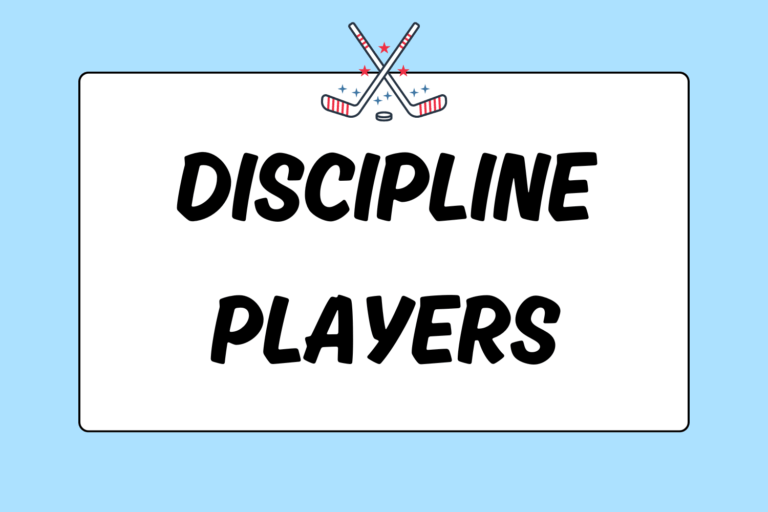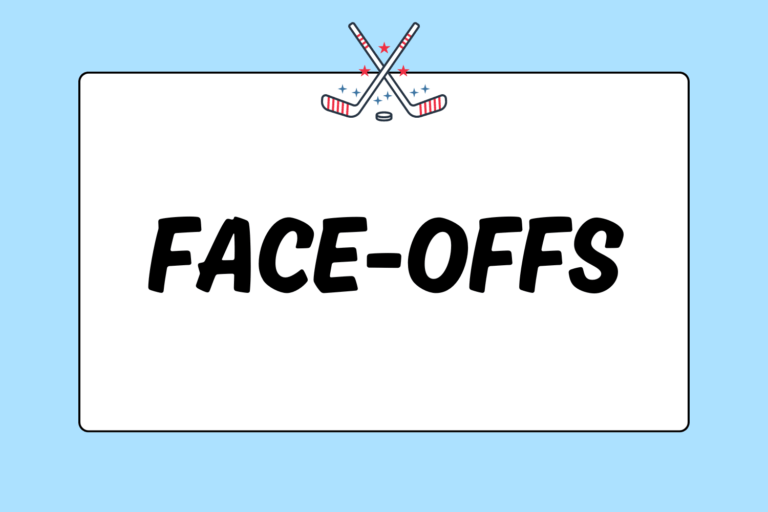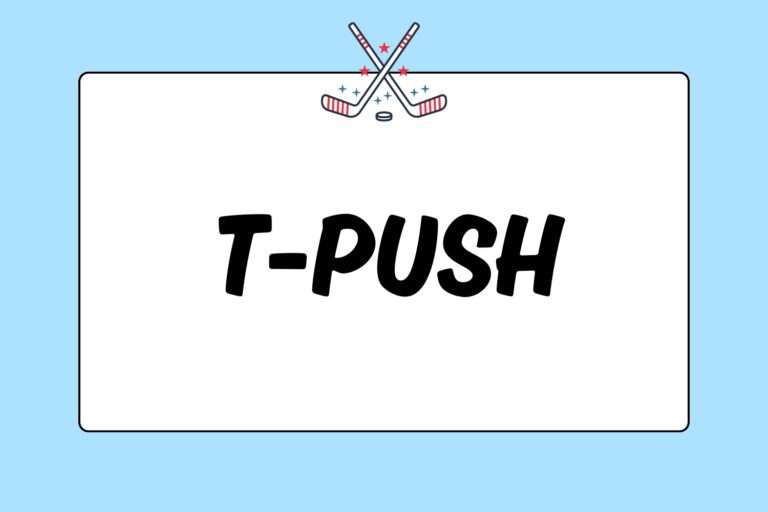In hockey’s infancy, there were very few options when it came to choosing a stick. No matter what sports shop or hockey store you frequented, sticks were universally made of a single piece of hardwood, and their blades weren’t curved.
With technological advancements, however, the possibilities for stick customization have become seemingly endless. Players can modify their stick length, shaft flexibility, blade curvature, materials, and more. This guide explains the different hockey stick styles, qualities, and options, so you can find the stick that works for you.
Material
For the most part, modern hockey sticks are built from either wood or composite material. In either case, the blade face is normally reinforced with a layer of strong material (often Kevlar). Both wood and composite sticks have distinct advantages and disadvantages.
Wood
The biggest advantage to a wood stick is its cost — they are often merely a fraction of the price of their composite counterparts. On the other hand, the main downside to a wood stick is its weight: They are generally very heavy. The added heft makes the sticks more durable, however.
Wood sticks are made of a single piece of wood, which creates the biggest drawback: When any part of the stick breaks, it’s done. Some players prefer the “feel” of wood hockey sticks, but this is a preference and not a universal truth.
Composite
Composite sticks — usually a combination of fiberglass and carbon fiber — are significantly lighter than their wooden counterparts, but also more prone to snapping. A plus is that when the blade of a composite stick breaks, it can often be replaced. The biggest downside to composite sticks is that they are significantly more expensive than wood. This, coupled with their tendency to break, can make them a financial impossibility for the casual player.
Hot Tip: One-piece or Two?
There are two types of composite sticks: One-piece and two-piece. Two-piece sticks have separate blades and shafts, adhered to each other with glue. Two-piece sticks are extremely easy to repair: If the shaft breaks, the blade can be salvaged (and visa versa). With one-piece sticks, the shaft can be salvaged if only the blade breaks (but not if the shaft breaks). Players often prefer the feel of a one-piece stick, but are extremely wary of breaking their shaft and losing their stick altogether.
Length
The length of a hockey stick is directly related to the player’s height: Taller players require longer sticks. Players who use longer sticks have a longer range for poke checks, and can generate more power on slap shots.
To determine what stick length to use, players should bring their skates to a hockey retailer. While wearing skates, they should place the tip of their stick’s blade on the ground, right in front of their toes. Generally, players should use a stick where the top of the shaft comes up to just under their chin. This is just a rule of thumb, and players are encouraged to use the stick length that feels best for them.
Flex
Stick flex can be difficult to understand. Every stick is assigned a flex rating between 50 and 120. This number corresponds to the amount of force (in pounds) required to bend the stick one inch. Thus, the higher the stick’s flex rating, the stiffer it is. A stick’s flex rating is always printed somewhere on the shaft.
Stiffer sticks, as a rule, are more durable, but are generally better suited for stronger players. Strong players who use sticks that are too flexible will break sticks more often.
Sticks with a lower flex rating are appropriate for certain types of players:
- Younger players: Youth hockey players who are lighter, shorter, and less strong normally prefer sticks the bend more easily.
- Smaller players: Players with less upper-body strength generally want a stick that’s easier to flex.
- Forwards: Players who rely more on wrist and snap shots commonly use a stick that is easier to bend so they can take quick shots.
Sticks with a higher flex rating are more fitting for the following players:
- Stronger players: Players with plenty of upper-body strength can generate more force from shots when their stick is less bendable.
- Defensemen: Players who rely on slap shots can put more force behind their shots by using a sick that’s harder to bend. Also, defensemen who often use their sticks for poke checks and to block shots/passes often prefer a stiff stick because they’re more durable.
Lie
Understanding lie can be confusing. When the bottom of a stick blade is placed flat on the ice, the lie rating corresponds to the angle the blade makes with the shaft. The standard lie rating is five, which means 135 degrees. Every additional point of lie corresponds to a two-degree increase in the angle. Thus, sticks with higher lies have a larger angle between the blade and shaft. Two factors go into choosing a lie: Height and stance.
Players who should use a stick with a higher lie:
- Shorter players: Short players need a higher lie to comfortably keep the blade of the stick flat on the ice.
- Players with a deeper stance: Players who lean deeper into their skating stride generally need a higher lie in order to keep the blade of their stick flat on the ice.
Sticks that have a lower lie are generally more fitting for the following players:
- Taller players: Tall players require a higher lie to comfortably keep the blade of the stick flat on the ice.
- Players with a more upright stance: Players who stand up taller in their skating stride require less lie in order to keep the blade of their stick flat on the ice.
Blade Characteristics
The blade is one of the aspects of a hockey stick that players are most particular about. There are three primary attributes that go into blades: Curve, angle, and toe.
Curve
Curve refers to the bend of the blade. Most leagues do not allow a blade curvature of more than ¾ an inch. The curve of a blade can be primarily located in these three areas:
- Heel-curve: Nearest to the shaft. This is more commonly preferred by forwards.
- Toe-curve: Nearest to the blade’s tip. This is more commonly preferred by defensemen.
- Mid-curve: In the middle of the blade. This is commonly used by both forwards and defensemen.
Angle
Blade angle refers to the tilt of the blade — forward or backward — when it is flat on the ice. Often called blade face angle, it comes in two varieties: Blades that are more “closed” or blades that are more “open.” Closed-angled blades are more vertical, while open-angled blades are slightly tilted back, making them more prone to lifting the puck. Generally speaking, defensemen prefer closed blades and forwards prefer open ones.
Toe Shape
Stick toes come in two shapes: Square and round. The jury is still out on which shape is better for specific types of players. The toe shape a player uses often comes down to personal preference. You should use and assess each type of stick toe, and then decide for yourself which shape your prefer.
The tip of square toes comes to two points: One at the top of the blade and one at the bottom. Many players believe that square toes make it easier to control the puck when being contested by an opponent.
Round toes have a curved, semi-circular tip. Many hockey players advocate that round toes make it easier to stick-handle the puck when not contested by an opponent.
Different Players, Different Sticks
While this guide contains ample information about stick customization, the ultimate test comes in the rink. Every player is different, so grab a stick and find out what works best for you. Certain players find that different stick characteristics are better suited for their personal skill sets. Try as many different stick characteristic combinations until you find the perfect match for your game.





